The opening of the Mufford Crescent overpass in Langley B.C. marked the end of all nine Roberts Bank Rail Corridor (RBRC) infrastructure improvement projects.
With an unprecedented 12 public and private-sector funding partners, it proved to be a unique feat of organization and collaboration.
"One of the big challenges up front was getting the project to proceed in a manner that all 12 parties could buy into," said Robin Johnston, a principal with Collings Johnston.
The company was the technical management company retained by TransLink as the program manager when it started moving forward in 2008.
The partners included the federal government, the Province of British Columbia, Port Metro Vancouver, TransLink, the City of Surrey, the City of Langley, the Township of Langley, the Corporation of Delta, Canadian Pacific Railway (CP), Canadian National Railway (CN), the British Columbia Railway Company (BCRC), and the Burlington Northern Santa Fe Corporation.
"It was pretty daunting," Johnston said.
The other big challenge was coming up with a mechanism to manage the funding which totalled $307 million.
The corridor program is a comprehensive package of road and rail improvement projects.
The 70 kilometre stretch connects Canada’s largest container facility and a major coal terminal at Roberts Bank (south of Vancouver) with the North American rail network.
It carries high volumes of freight through Delta, Surrey, Langley City and Langley Township.
Johnston said the nine overpasses and rail sidings are intended to help the area cope with increasing Asian trade.
"There are more trains, longer trains and they have an impact on the communities through which they move," he said.
Collings Johnston resisted micromanaging the varied projects.
It oversaw environmental assessments, program communications, quarterly partner meetings, First Nations relations and fund management.
With a few exceptions, the municipalities where the projects were built took responsibility for their procurement, design, scheduling and quality.
"Those projects became theirs at the end of the day," Johnston said.
This meant a variety of deliveries, including design/build and design/bid/build.
He said the projects were able to come in on time and on budget.
He attributed part of this to a sluggish construction market which increased bid competition.
"It was a very successful program," he said, adding that he expects its success to spur on other large multi-partner projects.
Now he’s set his sights on an additional phase of the program.
It was impractical or too expensive to build overpasses in some areas.
So, a system of warning signs is being researched to give drivers notice of a train delay so they have the option of rerouting.
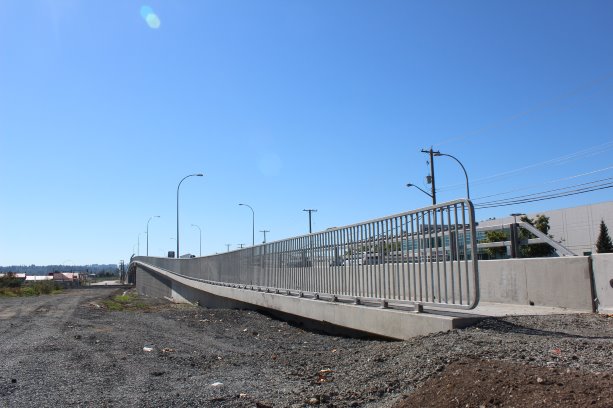
1/3
Construction is complete for all the components of the Roberts Bank Rail Corridor infrastructure improvement project. The project include 12 different private and public partners.
Photo: Russell Hixson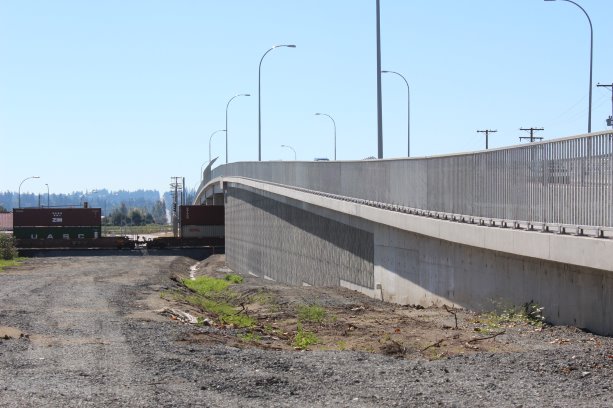
2/3
Photo: Russell Hixson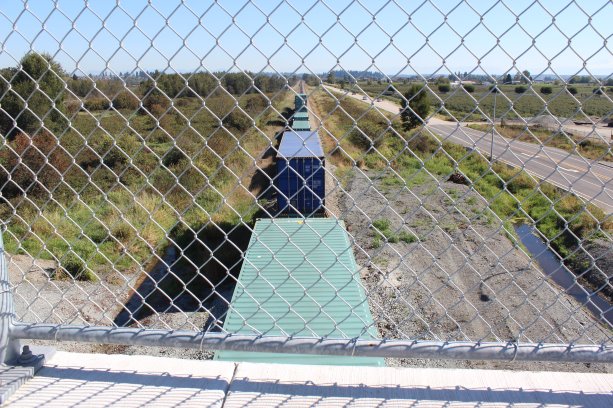


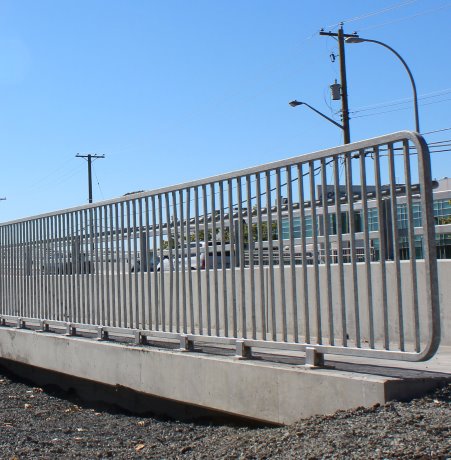





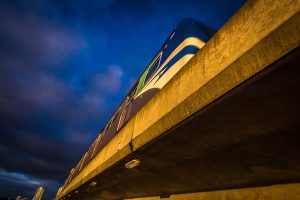


Recent Comments
comments for this post are closed